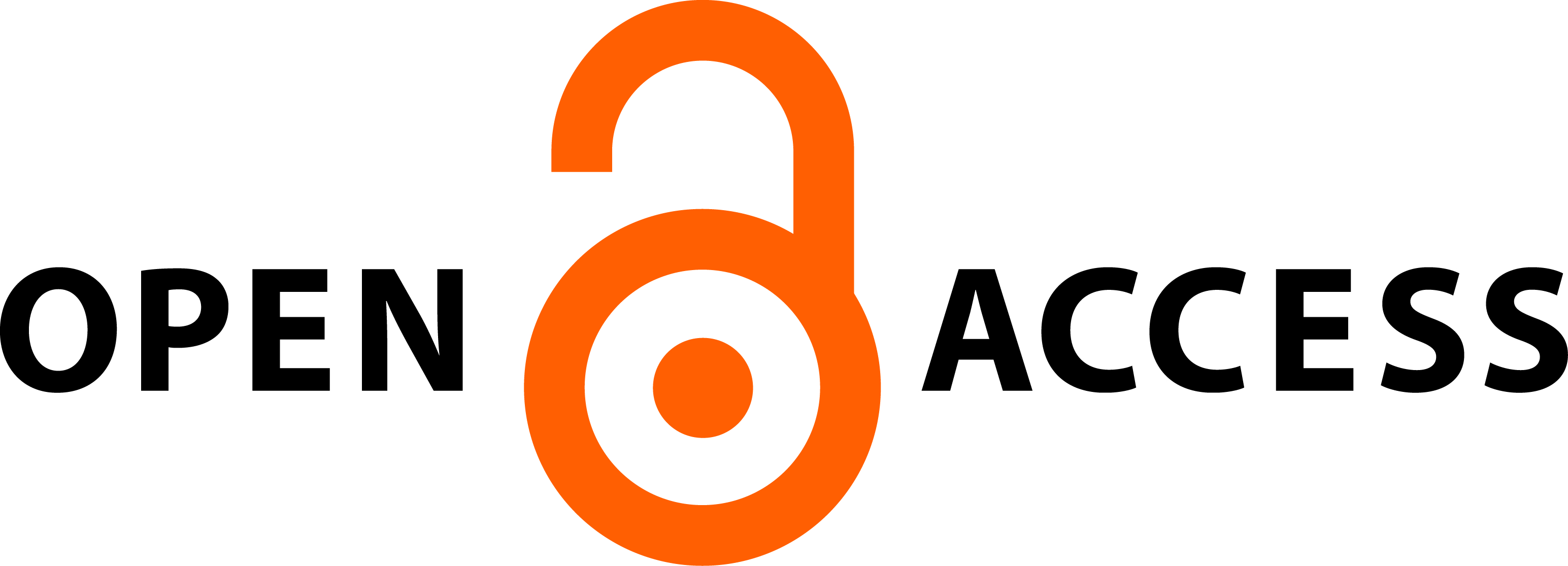A MÉMEK MINT AZ INTERNETES FOLKLÓR RÉSZEI
Absztrakt
A dolgozat a szóbeliség és az írásbeliség „széles határán” megjelenő internetes folklór jelenségeivel, azon belül is a mémekkel és a hungaromémekkel foglalkozik. A szerzők figyelmének fókuszában remixelt kép–szöveg konstrukciók, digitálisan manipulált képek és videofájlok állnak. A netfolklór létmódját, a kirajzolódó alapvető tendenciákat vizsgálják. Az új beszéltnyelviség szókészleti változásait követik nyomon, melynek során arra is rámutatnak, hogy a hagyományos orális folklór mediatizációja számos tartalmi, stilisztikai, műfaji átalakulást eredményez. A természetes nyelvi szövegeket szinte felváltja a képi és multimediális nyelvezet, aminek következtében új (hibrid) műfajok jönnek létre. A netfolklór tárházai a modern emlékezetipar gyáraiként, raktáraiként, mintegy „kihelyezett memóriaként” ugyanazokat a funkciókat látják el, mint a hagyományos orális folklór. A tanulmány szerzői az internetes mémek csoportosítására, kategorizálására vállalkoznak, miközben kitüntetett szerepet szánnak a hagyományainkon alapuló hungaromémeknek, melyeknek megértése bizonyos, a nemzetet érintő alapismeretet feltételez.
Hivatkozások
Balázs Géza. 2009. Az informatika hatása a nyelvre. In Quo vadis philologia temporum nostrorum?, szerk. Bárdosi Vilmos. 23–42. Budapest: Tinta Könyvkiadó.
Balázs Géza. 2011. Sms-nyelv és -folklór. Budapest: Magyar Szemiotikai Társaság‒Inter Nonprofit Kft.‒Prae.hu.
Balázs Géza. 2015. Netfolklór – intermedialitás és terjedés. Replika 26. (1): 171–185.
Benedek András. 2013. Új pedagógiai paradigma: 2.0: tételek a digitális tanulásról. In: Digitális Pedagógia, szerk. Benedek András. 15–51. Budapest: Typotex Kiadó.
Blank, Trevor J. 2009. Toward a Conceptual Framework for the Study of Folklore and the Internet. In Folklore and the Internet: Vernacular Expression in a Digital World, ed. Blank, Trevor J. Logan. 1–20. Utah: Utah State University Press.
Bodoky Tamás. 2006. Többet restaurálunk, mint négy éve: Választási kampányplakátok az interneten. Médiakutató 6 (2): 7–31.
Bronner, Simon J. 2009. Digitizing and Virtualizing Folklore. In Folklore and the Internet. Vernacular Expression in a Digital World. Ed. Blank, Trevor J. Logan. 21–66. Utah: Utah State University Press.
Csordás Tamás. 2015. A fogyasztói részvétel mint marketingkommunikációs eszköz a digitális médiában. PhD értekezés. Budapest: Budapesti Corvinus Egyetem.
Dégh Linda. 1994. American folklore and the Mass Media. Bloomington: Indiana University.
Domokos Mariann. 2013. Az elektronikus folklór gyűjtéséről. Ethno-Lore: Az MTA BTK Néprajztudományi Intézetének évkönyve 30. 292–320.
Domokos Mariann. 2014. Towards Methodological Issues in Electronic Folklore. Slovak Ethnology 62 (2): 283–295.
Domokos Mariann–Vargha Katalin. 2015. Elektronikus választási folklór. Replika 26 (1): 141–169.
Fernback, Jan. 2003. Legends on the Net. An Examination of Computer-mediated Comunication as a Locus of Oral Culture. New Media and Society 5 (1): 29–45.
Gasouka, Maria–Arvanitidou, Zoi–Foulidi, Xanthippi–Raptou, Evagelia. 2012. Folklore Research and its Challenges. From the Ethnography to Netografy. Mediterranean Journal of Social Sciences 3 (8): 111–116.
Glózer Rita. 2015. Internetes paródiavideók és ifjúsági médiahasználat. Replika 26 (1): 117–139.
Kibby, Marjorie D. 2005. Email Forwardables. Folklore in the Age of the Internet. New Media and Society 7 (6): 770–790.
Laczkó Soma. 2014. Mémek kréme. Kutatási napló online. 6. 4. http://kutatasinaplo.blokspot.rs/2014/04/memek-kreme.html#more (2016. okt. 10.)
Meder, Theo. 2008. Internet. In The Greenwood Encyclopedia of Folktales and Fairy Tales II., ed. Haase, Donald. 490–494. Westport–Connecticut–London: Greenwod Press.
Mitev Ariel–Horváth Dóra. 2016. Az internetes mémek a fogyasztók képtárában, egy kiállítás mémei. Új jel-kép: kommunikáció, közvélemény, média 5 (2): 21–35.
Molnár György. 2014. Modern ICT based teaching and learning support systems and solutions in higher education practice. In 10th International Scientific Conference on Distance Learning in Applied Informatic, szerk. Milan Turčáni, Martin Drlík, Jozef Kapusta, Peter Švec. 421–430. Prague: Wolters Kluwer Law and Business.
Molnár György. 2015. Teaching and Learning in modern digital Environment. In SAMI 2015 IEEE 13th International Symposium on Applied Machine Intelligence and Informatics, szerk. Szakál Anikó. 213–217. Herlany: IEEE.
Molnár, György–Benedek, András. 2013. ICT Related Tasks and Challenges In The New Model of Technical Teacher Training. In InfoWare 2013: ICCGI 2013: The Eighth International Multi-Conference on Computing in the Global Information Technology, ed. John Terzakis–Constantin Paleologu–Tibor Gyires. 40–44. Nice: ICCGI.
Petőfi S. János–Benkes Zsuzsa. 2002. A multimediális szövegek megközelítései. Pécs: Iskolakultúra.
Shifman, Limor. 2012. An Anatomy of a You Tube Meme. New Media and Society 14 (2): 770–790.
Szűts Zoltán. 2012. A Web 2.0 kommunikációelméleti kérdései. Jel-kép (1–4): 85–93. http://communicatio.hu/jelkep/2012/1_4/szuts_zoltan.html (2016. szept. 10.)
Szűts Zoltán. 2014. Egyetem 2.0. Székesfehérvár: KJF Kiadó.
Szűts Zoltán. 2016. Bevezetés a netes memetikába. E-nyelv.hu. 8 (2). http://e-nyelvmagazin.hu/2016/05/31/bevezetes-a-netes-memetikaba/ (2016. aug. 20.)
Tolcsvai Nagy Gábor. 2004. A hálózat nyelve. In Nyelv, érték, közönség, szerk Tolcsvai Nagy Gábor. 188–205. Budapest: Gondolat.
Toldi Éva. 2012. Terek, idők, beszédmódok között. Híd 76 (4): 5–11.
Torgyik Judit. 2013. A tanulás színterei felnőtt és idős korban. Budapest: Eötvös József Könyvkiadó.
Törteli Telek Márta. 2015. A digitális szövegek értő olvasása, digitális kor. Létünk 35 (4): 129–137.








